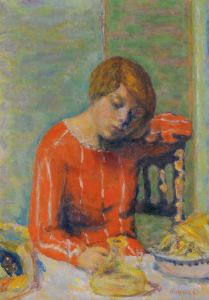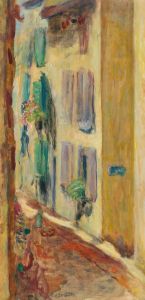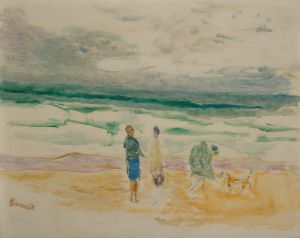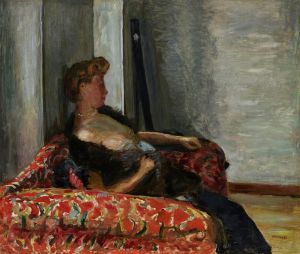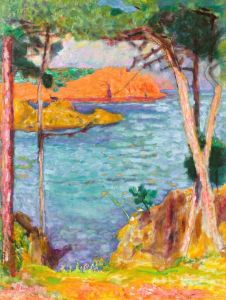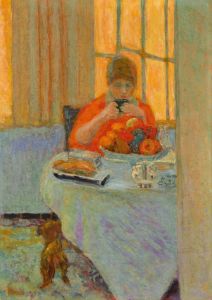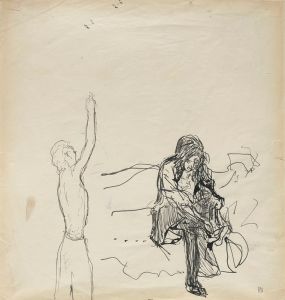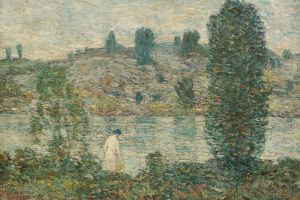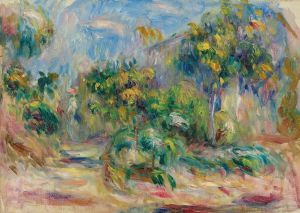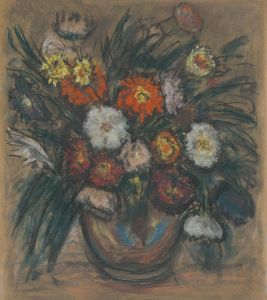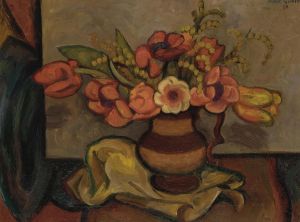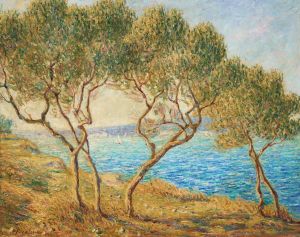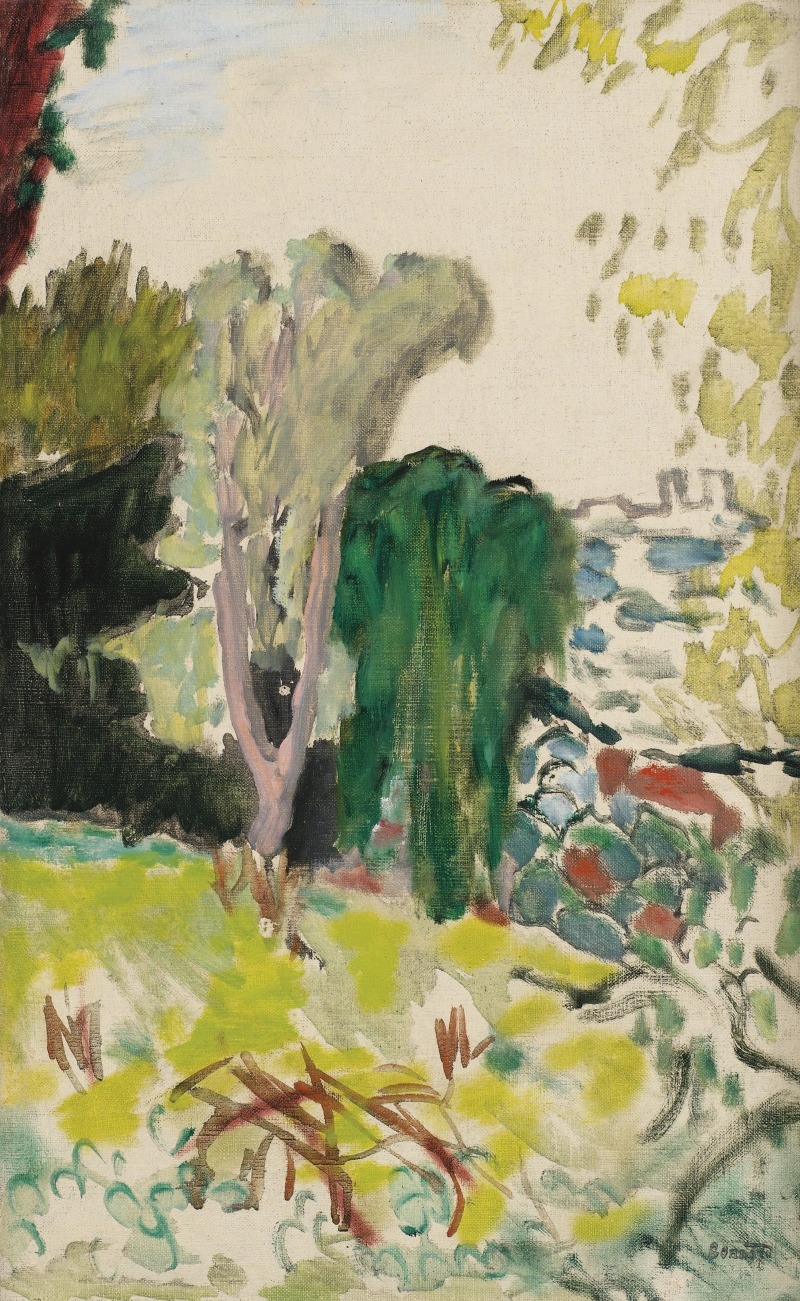
Vue sur Antibes
A hand-painted replica of Pierre Bonnard’s masterpiece Vue sur Antibes, meticulously crafted by professional artists to capture the true essence of the original. Each piece is created with museum-quality canvas and rare mineral pigments, carefully painted by experienced artists with delicate brushstrokes and rich, layered colors to perfectly recreate the texture of the original artwork. Unlike machine-printed reproductions, this hand-painted version brings the painting to life, infused with the artist’s emotions and skill in every stroke. Whether for personal collection or home decoration, it instantly elevates the artistic atmosphere of any space.
Pierre Bonnard was a French painter and a founding member of the Post-Impressionist group of avant-garde painters known as Les Nabis. His work is characterized by a unique use of color and light, often capturing intimate domestic scenes and landscapes with a sense of warmth and vibrancy. One of his notable works is "Vue sur Antibes," which translates to "View of Antibes."
"Vue sur Antibes" is a landscape painting that showcases Bonnard's distinctive style and his ability to capture the essence of a place through his use of color and composition. Antibes is a resort town located on the French Riviera, known for its picturesque views and vibrant atmosphere. Bonnard was known to have spent time in the South of France, and his works from this period often reflect the region's luminous quality and vivid colors.
In "Vue sur Antibes," Bonnard employs a palette that is both rich and subtle, capturing the interplay of light and shadow that is characteristic of the Mediterranean landscape. The painting likely depicts a view from a vantage point overlooking the town, with the sea and sky forming a harmonious backdrop. Bonnard's brushwork is loose and expressive, allowing him to convey the fleeting effects of light and the atmosphere of the scene.
Bonnard's approach to painting was deeply influenced by his interest in capturing the subjective experience of seeing. Rather than focusing on precise details, he aimed to evoke the mood and emotion of a scene. This is evident in "Vue sur Antibes," where the forms are not rigidly defined but rather suggested through color and light. The painting invites viewers to experience the scene as Bonnard might have, with an emphasis on the sensory impressions rather than the literal depiction.
Throughout his career, Bonnard remained committed to exploring the possibilities of color and composition. His work often blurs the boundaries between interior and exterior spaces, creating a sense of continuity and fluidity. In "Vue sur Antibes," this is reflected in the way the landscape seems to extend beyond the confines of the canvas, inviting the viewer into the scene.
Bonnard's legacy as a painter is marked by his innovative use of color and his ability to convey the emotional resonance of everyday moments. "Vue sur Antibes" exemplifies these qualities, offering a glimpse into Bonnard's artistic vision and his deep appreciation for the beauty of the natural world. His work continues to be celebrated for its ability to capture the ephemeral qualities of light and atmosphere, making him a significant figure in the history of modern art.





